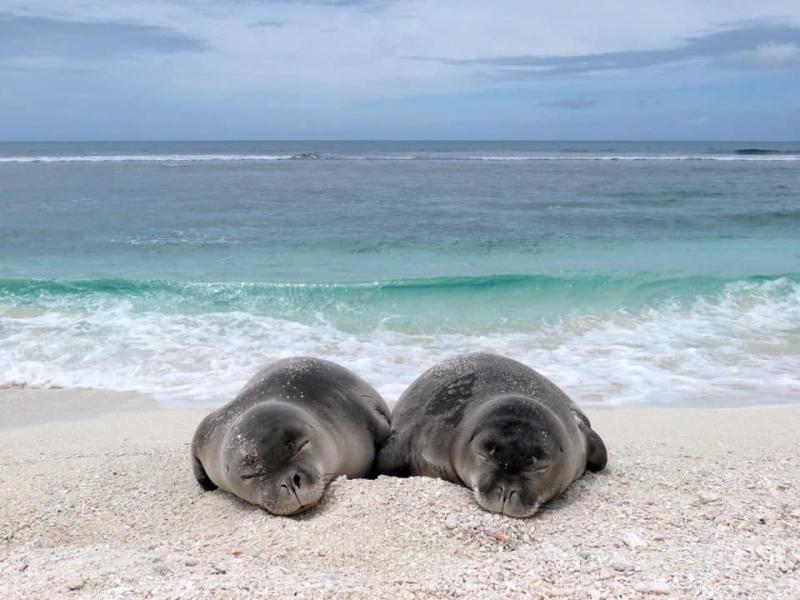
NOAA Fisheries & the U.S. Fish and Wildlife Service finalize revisions to the Endangered Species Act
by NOAA Fisheries 5 Apr 14:55 UTC

NOAA Fisheries and the U.S. Fish and Wildlife Service finalize revisions to regulations implementing the Endangered Species Act © NOAA Fisheries
The agencies finalized a series of revisions to the joint regulations to improve the agencies' ability to conserve and recover listed species.
NOAA Fisheries and the U.S. Fish and Wildlife Service have finalized three rules that will:
- Restore important protections for species and their habitats
- Strengthen the processes for listing species and the designation of critical habitat and consultation with other federal agencies
- Ensure a science-based approach that will improve both agencies' ability to fulfill their responsibilities under the Endangered Species Act
These final rules demonstrate the agencies' commitment to applying the best available science when implementing the Act.
These rules further President Biden’s Day One executive action to ensure an all-of-government approach to bolster resilience to the impacts of climate change.
On June 22, 2023, the U.S. Fish and Wildlife Service and NOAA Fisheries published three proposed rules revising portions of the implementing regulations. We received approximately 468,000 comments during the public comment periods on these three rules.
Finalized Revisions to Regulations Implementing the Endangered Species Act
The agencies have finalized two rules to revise joint ESA regulations regarding interagency cooperation, listing determinations, and critical habitat designations.
These final rules:
- Improve and clarify interagency consultation
- Clarify the standards for classification decisions
- Align the critical habitat designation process with the ESA
- Emphasize that listing decisions and critical habitat designations are based on the best-available science
Conserving Species Through Endangered Species Act Protections
The Endangered Species Act has been highly effective. It is credited with preventing the extinction of more than 99 percent of the listed species it has protected over its 50-year history. More than 100 species of plants and animals have been delisted due to recovery actions or downlisted from endangered to threatened based on improved conservation status. Hundreds more species are stable or improving thanks to the collaborative actions of federal agencies, Tribes, state and local governments, conservation organizations, industry, and private citizens.
View the final rules and read additional information.
These final rules were delivered to the Federal Register on March 27, 2024. The rules will be effective 30 days after publication. Once the final rules are published, the rules and supporting materials will be available at www.regulations.gov by searching Docket No. FWS-HQ-ES-2021-0104, Docket No. FWS-HQ-ES-2021-0107, and Docket No. FWS-HQ-ES-2023-0018.